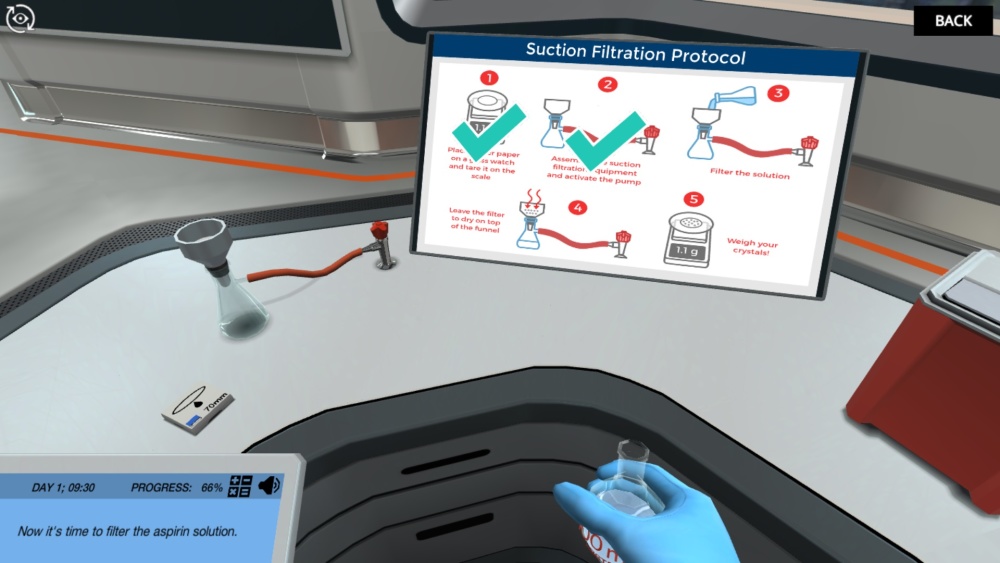The college-to-career STEM pipeline is leaking at both ends, with fewer students enrolling and completing STEM degrees.
Schools that adopt virtual labs and other evidence-based active learning strategies have found they move the needle on STEM retention, supporting university budgets, elevating students’ career prospects, and building a qualified STEM workforce. Discover how virtual labs can help solve the student retention challenge in education.
The Retention Challenges Facing Down STEM Programs
Students are struggling in STEM courses. Ten years ago, students were "misreading exam questions at an astonishing rate." Today, they are failing exams "with single-digit scores and even zeroes" according to NYU chemistry professor Maitland Jones, Jr. (1).
The good news is that students really like STEM. In fact, 20% of high school students plan to declare STEM majors. Yet sometime between their first and second years of college, 28% of them leave the STEM major — and another 20% drop out of college altogether (2).
A key driver of their decision to exit STEM is getting low grades in introductory STEM courses. Low-income and diverse students are falling through the cracks in these introductory courses, with lower average exam scores and higher course failure rates than their peers — even when researchers account for prior academic performance (3). Currently, students from low-income schools are only half as likely as their affluent peers to earn a STEM degree (4).






.svg)




.jpg)


.jpg)
.jpg)










